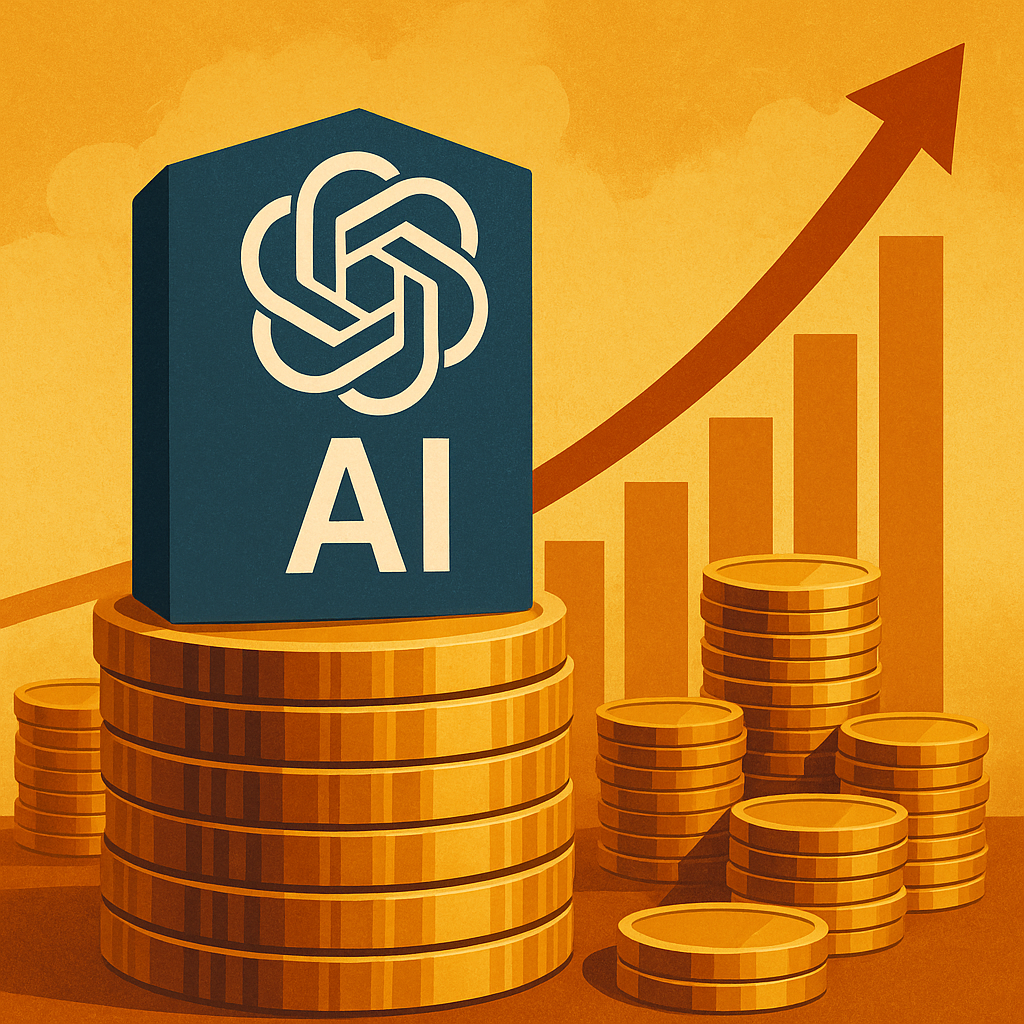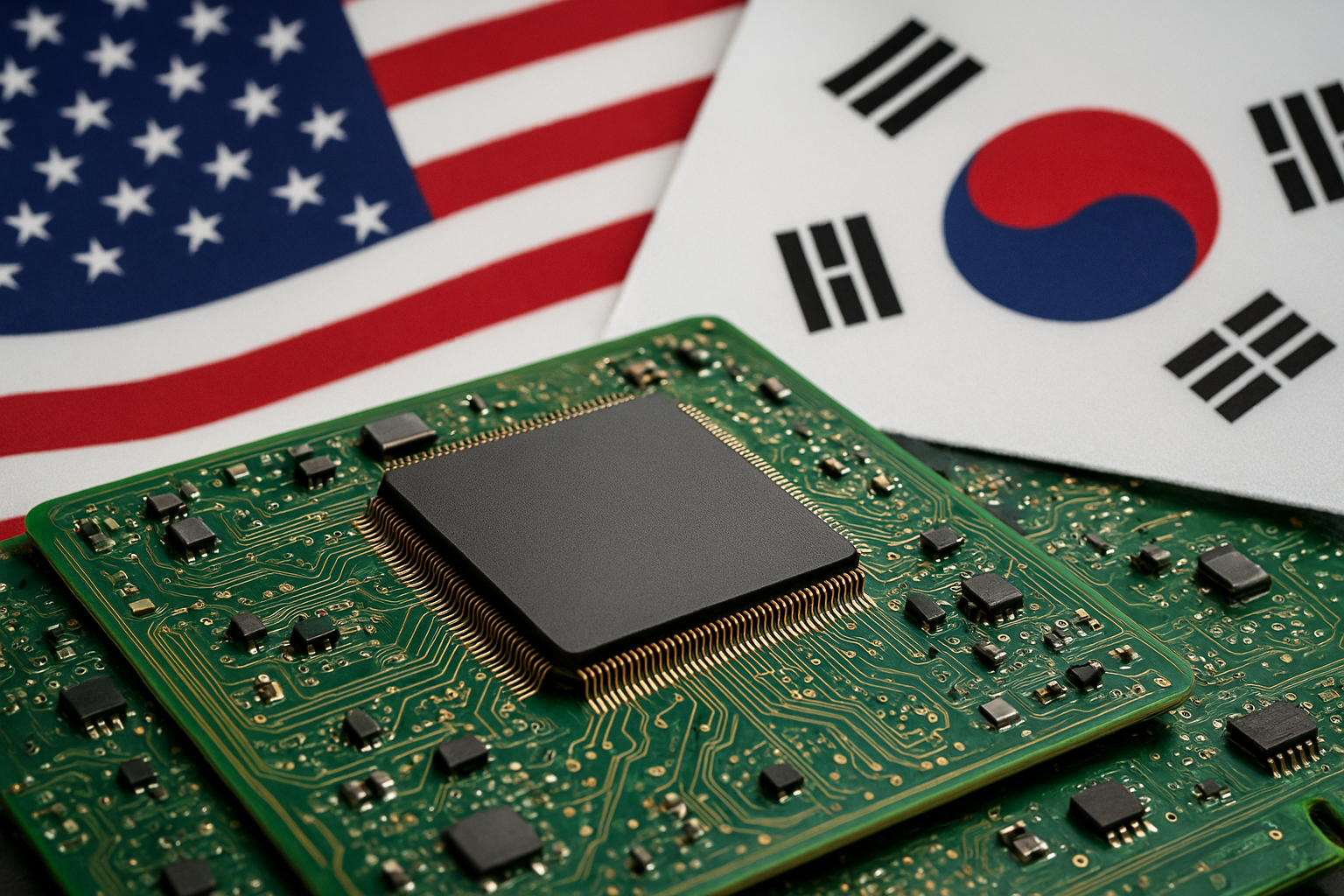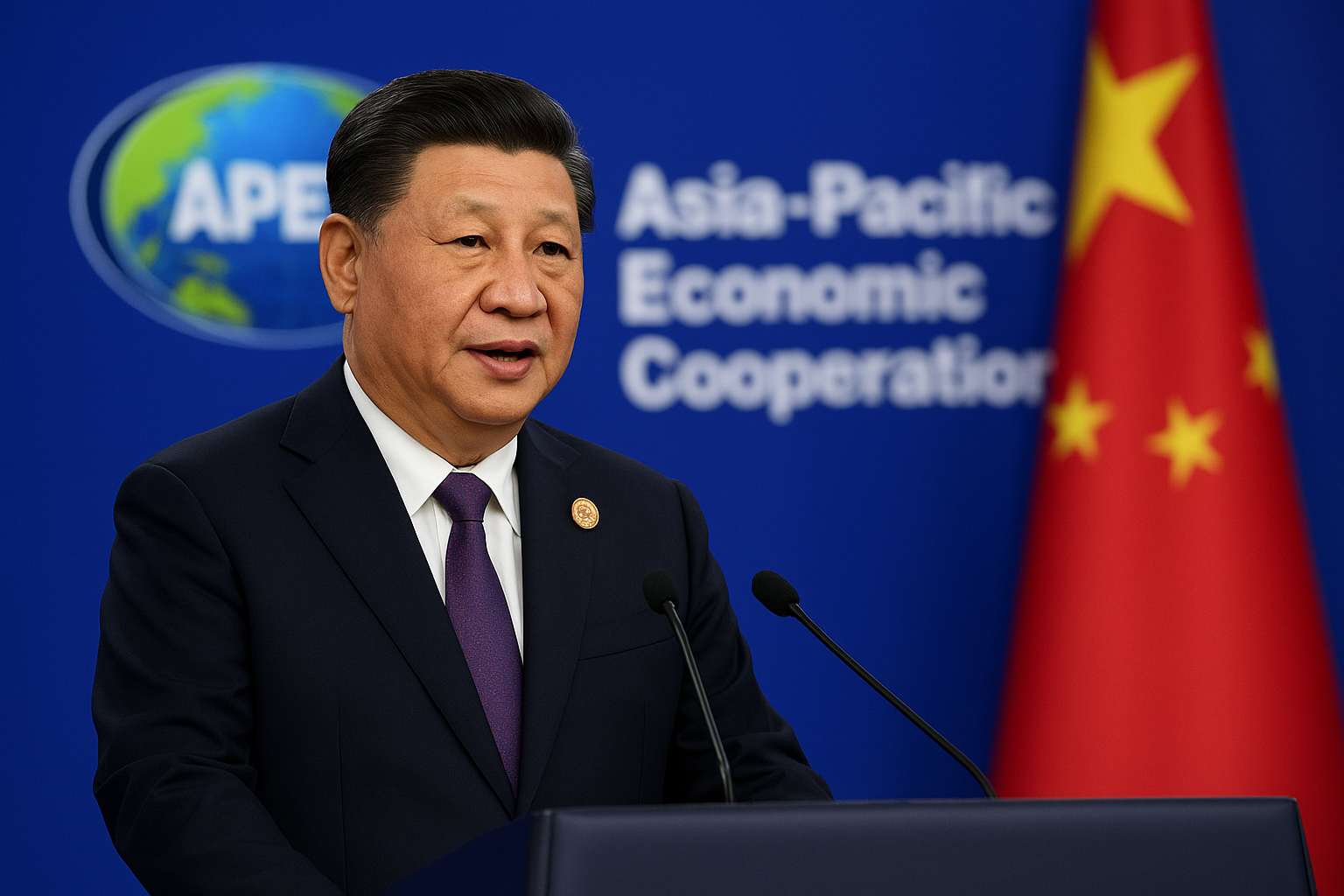The AI gold rush is real — and investors are racing to stake their claim.
In what is now the largest private tech funding round in history, OpenAI has secured a staggering $40 billion from a SoftBank-led investor group, catapulting the company to a $300 billion valuation. The deal not only reaffirms OpenAI’s dominance in the artificial intelligence (AI) sector but also signals a broader investment wave poised to reshape global markets.
As AI becomes deeply embedded in everything from healthcare to finance, the scale of this funding underscores a pivotal market shift: capital is flowing aggressively into companies developing foundational AI technologies. For investors, the message is clear—ignore AI at your portfolio’s peril.
The Numbers Behind the Surge
OpenAI’s new funding round is not just eye-catching—it’s historic. At a $300 billion valuation, it now ranks among the most valuable private tech companies globally. This comes as Goldman Sachs forecasts global AI investment could exceed $200 billion by the end of 2025, driven by exponential demand for AI computing infrastructure, software solutions, and industry-specific integrations.
SoftBank’s involvement also adds gravitas. The Japanese conglomerate is known for making bold bets on transformative technologies (notably with its Vision Fund), and this move signals institutional confidence in AI as the next frontier of innovation and profitability.
Why This Matters for Investors
1. AI Infrastructure Demand Is Exploding
As enterprises race to integrate generative AI tools and LLMs (large language models), demand for the computing power needed to train and deploy these systems is skyrocketing. This has created immense opportunity for semiconductor makers like NVIDIA, cloud providers like Microsoft Azure and AWS, and chip startups like Cerebras and Graphcore.
2. Software Ecosystems Are Being Rewritten
From legal tech to healthcare diagnostics and autonomous vehicles, AI-first platforms are disrupting legacy systems and creating entirely new categories of SaaS. Companies developing or adopting AI tools early stand to capture massive market share.
3. Valuations Reflect Strategic Long-Term Bets
At $300 billion, OpenAI’s valuation surpasses that of established multinationals. While some may raise concerns about bubble dynamics, seasoned investors view this as a strategic bet on future dominance in a foundational industry—much like investing in Amazon or Google in their early years.
Future Trends to Watch
- AI-as-a-Service (AIaaS): Just as SaaS reshaped software delivery, expect an explosion of AIaaS platforms offering plug-and-play intelligence across industries.
- Vertical AI Solutions: Sectors like biotech, energy, and finance will increasingly rely on tailored AI models. Look for startups addressing niche needs with domain-specific expertise.
- Regulatory Shifts: As AI regulation catches up, companies that build with transparency and governance in mind will attract both public trust and investor capital.
Key Investment Insight
The AI revolution is not just a trend—it’s a tectonic shift in how value is created across industries. Investors should look beyond headline players like OpenAI and examine the supporting ecosystem: infrastructure providers, AI chipmakers, enterprise software enablers, and cybersecurity firms positioned to protect AI systems.
Consider allocating exposure through a diversified AI-focused ETF or tracking AI-weighted indexes, especially in anticipation of public listings from private giants like OpenAI or Anthropic in the near future.
Stay Ahead with MoneyNews.Today
As the AI sector enters a capital-intensive growth phase, real-time intelligence is more critical than ever. Follow MoneyNews.Today to stay informed on emerging opportunities, strategic moves, and sector-shifting developments that could define the next decade of investing.
Let me know if you’d like a shorter version for social or email formats!





